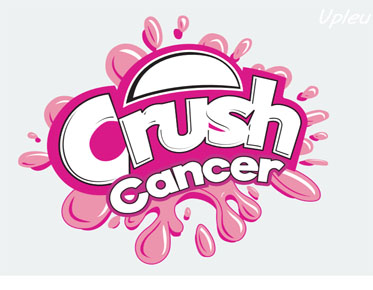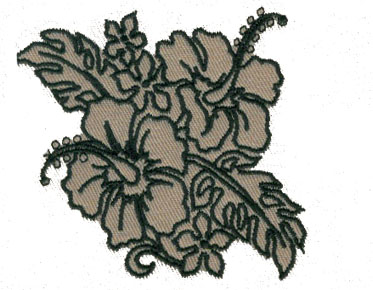What Does Color Separation Mean In Screen Printing? | Vector Conversion
The color separation process is an essential component of screen printing. It involves dividing an artwork or design into various color segments before printing it on a product. A variety of software has recently been developed to simplify this process. Read Here are Some Things That You Should Know When It Comes To Eagle Digitizing!
Why
do you use separations?
Preparing the document for printing is the purpose of the color separation process. Image and surface embroidery digitization services will be printed on it, affecting the type of color separation technology used. Color separation software separates the image into the parts needed to recreate the image.
Various
color separations:
If you understand the different types of color separations and the challenges they bring, you can do successful color separations on a regular basis. Screen printers can greatly simplify color separation using the right screen printing software, even though successful color separation may require years of skill. Embroidery digital services. You'll get the best results if you know which of the following processes works best for your design. Access to reliable screen printing software is also essential. Screen printing techniques involving color separation include:
Spot
color separation Spot color separation
Can be used to independently print each hue and its ink on anything from raster or vectorized logos to cartoon artwork. Halftone can be used for shading. Spot colors provide more accurate color control when printing. Embroidery digital services. Spot color separations can have a simple or complex appearance. Printing presses can accommodate some extremely complex designs printed in spot colors.
Four
colors separate
This color separation technique uses four colors to create the image: cyan, magenta, yellow, and black (CMYK). Printing these four hues will enable you to create most of the colors in the image with a four-color process separation using halftones or small dots to produce realistic images. Simulation process separation Halftone is used to simulate process separation to create the same image as four-color process separation, but the simulation process uses a wider spectrum of colors to accommodate a wider range of hues.
Other names for simulation process separation are tonal or channel separation. In addition, color separation Photoshop is used to create analog print separations similar to four-color separations. Index separations In index separations, square pixels of the same size are used instead of halftone points to create a color vignetting. Performing, printing, and indexing process separation can be more challenging than color.
Realistic
prints, on the other hand, often have to use more color. Photoshop is used for
separation, but CorelDraw or Illustrator images can also be easily converted.
Color separation can incorporate some of these techniques, depending on the
needs of the press and design. Spot colors can be used to increase the range of
colors in a color separation process, such as embroidery digitization services.



